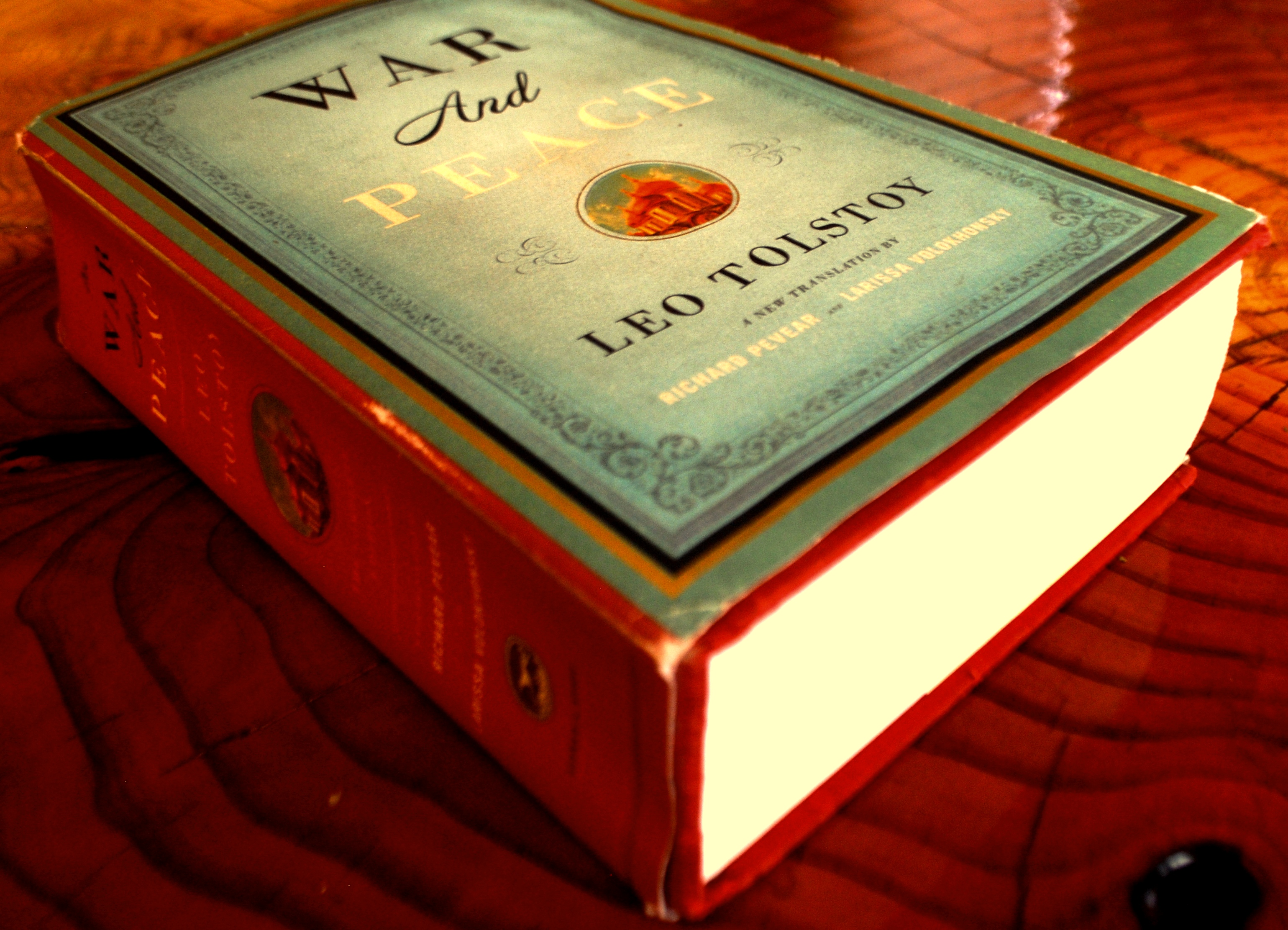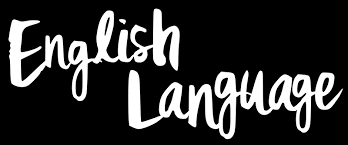
As is the case for most forms of translation, literary translation is no different and requires thorough understanding and knowledge of both the culture and language of the source and target languages, as well as great attention to detail. Literary translation, in fact, requires a different level of creativity that is not frequently put to use in other types of translation. It requires subjective understanding of the context to successfully convey the author’s message, which will likely be influenced by several components, including meaning, rhythm, mood and syntax – all of which should be maintained so that the translation mirrors the original as closely as possible to what the author would desire.
Dealing with complex grammatical rules, or indeed the creation of special or unusual grammar and vocabulary for a particular piece of literary work, combined with having to convey the names of places and characters not easily understood in another language, makes the job of a literary translator far from easy. Here are some thought-provoking facts about the translations of some best-sellers.
Literary Translation of Famous Books
“Infinite Jest” by David Foster Wallace was his masterpiece; a work consisting of 1,000 pages, 388 footnotes and endnotes. It embodied Wallace’s hints and allusions, his sly humour and stream-of-consciousness style. It has been translated into six languages. The French translation came out in 2014, a work that took two translators twelve years to complete.
In “War and Peace”, Leo Tolstoy used unconventional syntax and vocabulary. The rules of grammar and word order were frequently ignored or rephrased, creating a looseness of the spoken word or to stress a particular effect or event. He also used a wide variety of linguistic idiom and a highly-complex turn of phrase. Constance Garnett, one of the early translators of the book, almost went completely blind while translating it into English!
“Finnegan’s Wake” by James Joyce has been considered to be one of the most difficult novels in English. The author, who made up words and irregularities in grammar spent seventeen years to finish the book. It was translated into nine languages. The Chinese translation is still only partially done, with Dai Congrong spending eight years to translate just one-third of the book (as of 2014). The French translation was finally completed after thirty years.
Translation is a difficult process and requires the services of a skilled professional. Make sure that you hire the services of a subject-matter expert for specialised translation services. Remember, translation is more than just about having command of a second language; it is a highly complex and skilled profession so often misunderstood and underrated.

